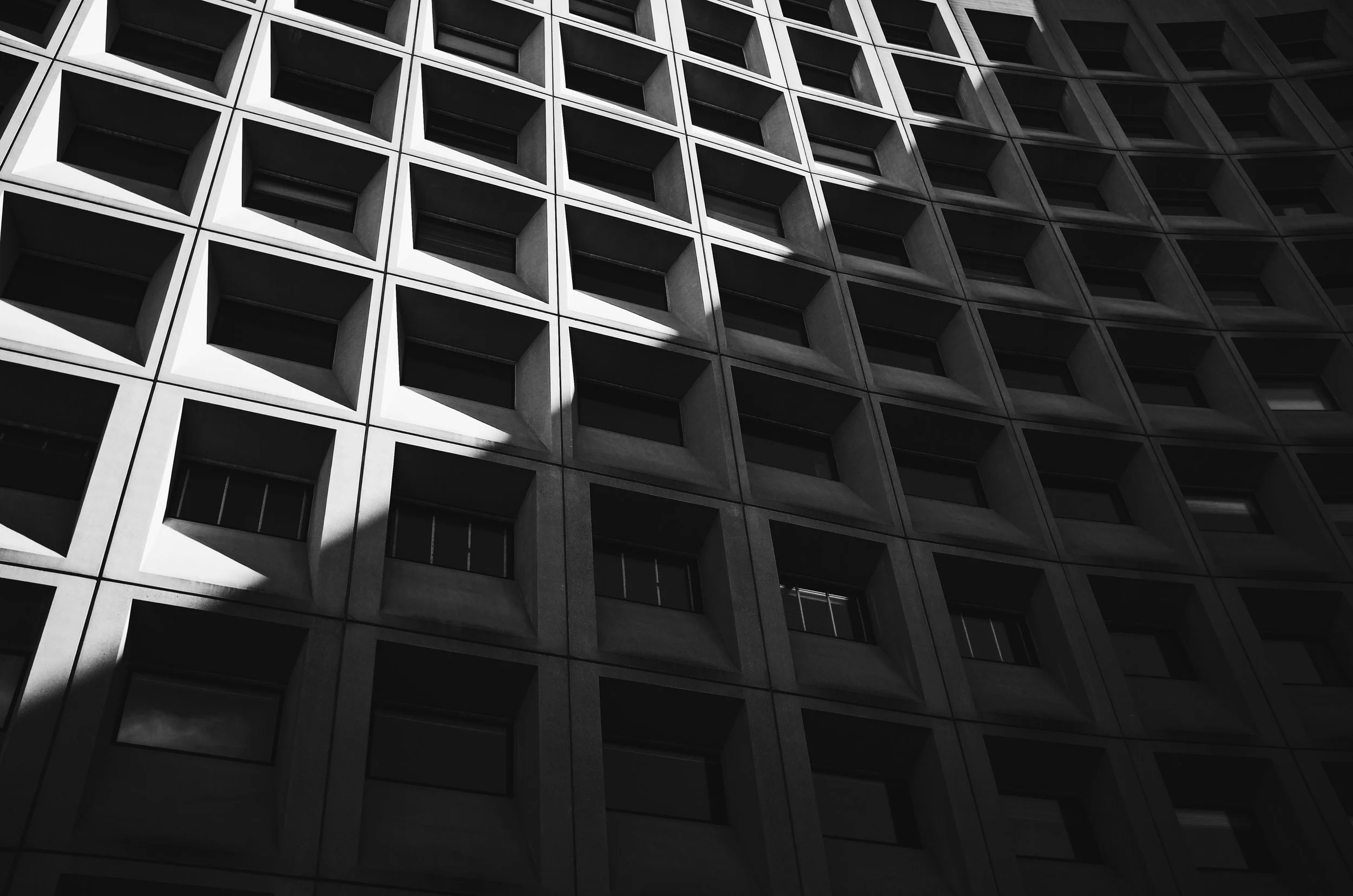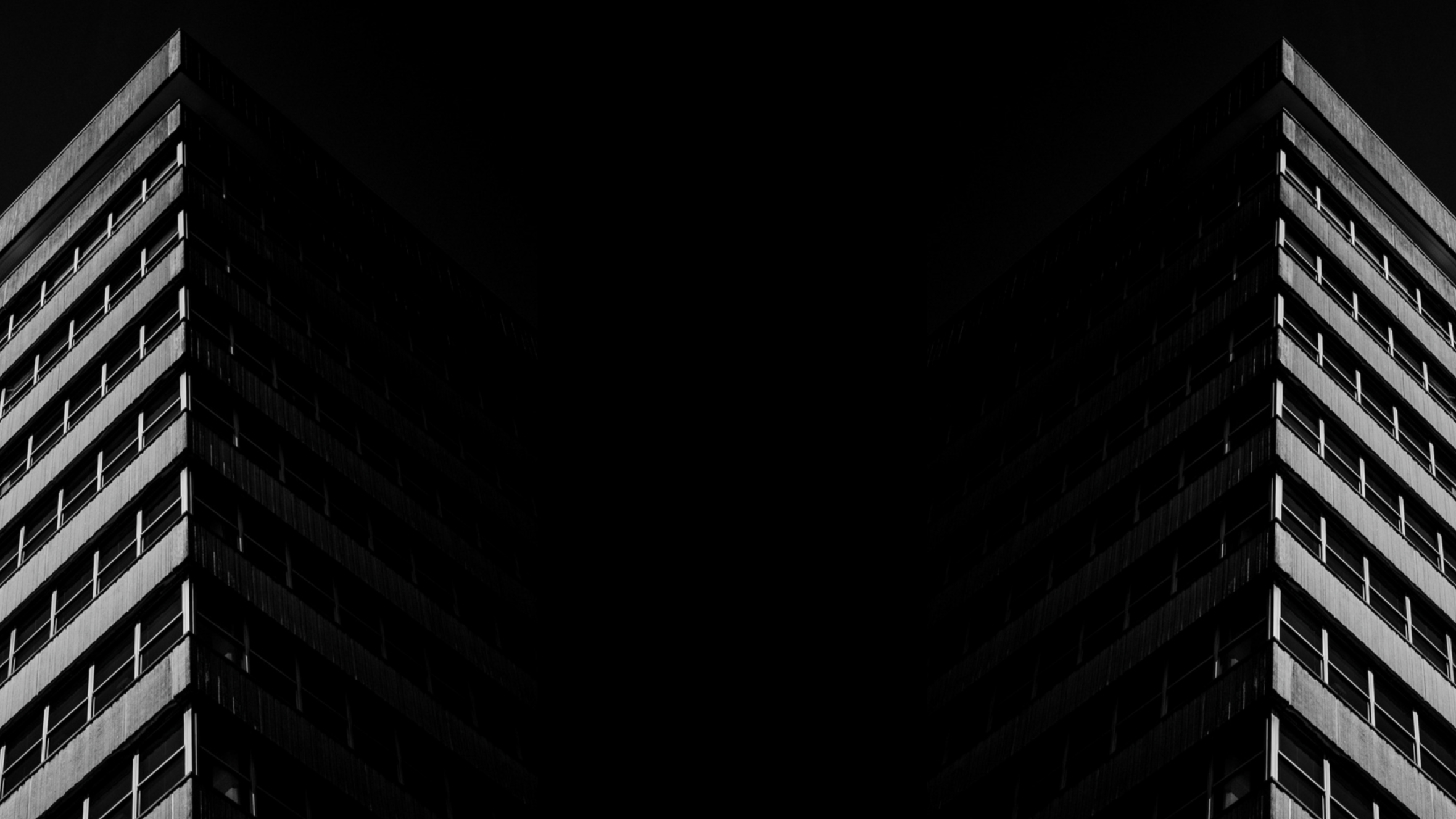
Portfolio
The brutalist
A study in sound and image. This re-cut of Brady Corbet’s The Brutalist frames the film’s architecture and intensity through my own composition — a piece designed not to replace the score but to extend it. Layering drones, synthetic stillness, and tonal textures, the music opens a new space between motion and stasis, letting the cinematography breathe in a different register. A meditation on weight, structure, and the unseen currents beneath the frame.
For The Brutalist supercut, the score drives forward on a stark, stomping cello-and-bass progression, overlaid with trembling, slightly detuned violins and droning synth textures. At its core, a simple C major piano figure repeats with minimalist insistence, gradually refracted through shifting orchestrations that mirror the film’s faces and gestures. Out of this momentum emerges a strikingly lyrical cello line, giving the music both weight and beauty — a relentless, forward-pressing sound that feels architectural in its design and deeply human in its resonance.
The Brutalist | A moment where ambition hardens into history
Cinematography: Lol Crawley
Original score by Liam Amoroso-Mesbur
the lighthouse
My original score over this iconic A24 scene.
The unknowable ending of The Lighthouse — strange, sacred, unspoken.
I wanted to reframe the descent with my own sonic language.
How does it feel now?
The music drifts in with sparse, unsettled textures built from experimental processed sound design, rhythmic weight, and tiny piano stabs, immediately casting a sense of unease. As it unfolds, the strings gradually develop the piece, shifting it from abstraction into something more orchestral, carrying an old-school Germanic drama with recognizable instrumental colors. Over time, the layers intensify, growing harsher and more engulfing, until the sound becomes overwhelming — a descent from quiet tension into a disorienting, almost claustrophobic storm.
The Lighthouse | The Horror Of the Unknown
Cinematography: Jarin Blaschke
Original score by Liam Amoroso-Mesbur
the penguin
Cinematography tells the story before a word is even spoken.
Creating this edit from The Penguin made me realize: sometimes one shot holds the whole world.
The piece unfolds with heavy low strings and experimental processed sound design, creating a dark, ominous foundation that feels slow and pulseless, more like a looming presence than a rhythm. Occasional deep percussive strikes punctuate the texture, while swells in the orchestration steadily heighten the tension. As it progresses, the sound thickens and grows in force, evolving from sparse unease into something far more menacing and dramatic.
The Penguin | How Power Corrupts
Cinematography: Darran Tiernan, David Franco, Jonathan Freeman, and Zoë White
Original score by Liam Amoroso-Mesbur
My score of the final scene of The Florida Project.
This is called Waking Life, I've cut the final sequence of the @a24 film The Florida Project to the music.
The re-score to The Florida Project closes with a surging cello line that builds relentlessly before breaking into a flurry of intensity, collapsing into a stomping, bass-heavy motif. Around it, fragments of orchestral color and shards of sound design bleed in and out, underpinned by a sweeping synth progression. Matched against the children’s flight from the projects into the fantasy of Disney World, the music heightens the emotional weight — a collision of desperation and wonder, grounding the scene in both raw reality and aching transcendence.
The Florida Project | A Tragic Modern Fable
Cinematography: Alexis Zabe
Original score by Liam Amoroso-Mesbur
the florida project
Tree Of Life
What if this beautiful cinematography had my music?
Some images stay with you longer than memory.
Malick’s camera doesn’t just capture light—it holds time itself.
I scored this with that feeling in mind.
The cue opens on a rich, synth-drenched bed with a processed cello anchoring the low end while clock-like percussion ticks with mechanical poise. As the texture breathes, chopped saxophone figures slip in over the top—more filigree than lead—evoking a Philip Glass–style pulse refracted through modern sound design. The elements converge into a hypnotic momentum, the organic reeds, synthetic heft, and metronomic ticks fusing into a focused, forward push.
Tree of Life | A visual study
Cinematography: Emmanuel Lubezki
Original score by Liam Amoroso-Mesbur
Lang Father: The Substance EP
https://welofi.bandcamp.com/album/the-substance
Lang Father, Production Playlist
https://open.spotify.com/playlist/0YrRdH3QMcQYCIAR3VZfFx?si=qNDmu9bySbaUu0TmJiAQtQ



